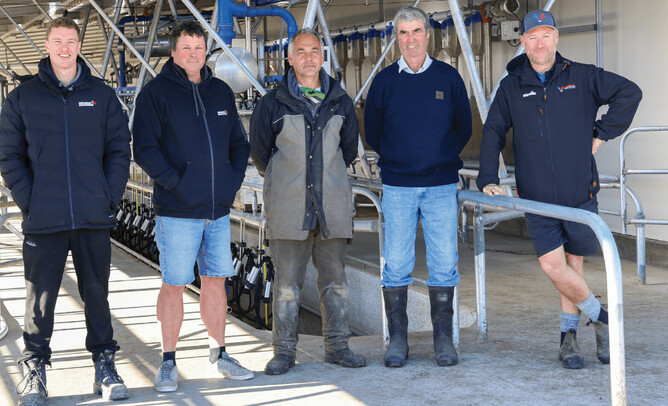It's hard to tell that Earl Lecky saved half his new dairy build costs with a single decision. At first glance, everything looks brand new on this renovated 20-a-side herringbone dairy. The original 12-a-side herringbone, complete with wooden feed bins, was built in the 1970s and was still being used for milking in 2024. Meal was manually bucket-fed once a day. "Light"was far, far away from the first word that came to mind for Earl and his employee, Mark Blackett, when they used to step into the pit to milk 180 Jersey cows on 75 effective undulating hectares (185 acres) at this premium Matamata address.
But it is now. Earl's humble gateway now opens out onto a dairy that soars above the farm's hedge-lined paddocksoffering panoramic 180-degree vistas of the property. Now, the reality is that Earl's dairy matches his view. It is a working example of nous and dedication to the cause by a team of builders and contractors that completely understood the brief.
Earl is a cautious man, and everyone was fractionally surprised when he made the call on his flip-top cell phone to go all-in on this upgrade. One thing that didn't surprise them was that he chose a local team that he trusted. At the heart of it was Mike Lawrence Building (builder and earth works), McGregors Farm Services (plant install), PPP Industries (feed system) and Silvester Electrical (electrical). Earl achieved a substantial saving when he decided to leave the vat and milk room untouched. The rest of the facility, however, has been completely overhauled, and the first impression is that you're stepping into a new dairy.
The whole renovation was completed in six weeks. Everything from the electrical systems to the concrete to a wider and deeper pit, to a new dairy roof with a 1m higher ceiling, to a new plant, a new PPP Industries feed system, to the chiller panels on the walls (which double as a handy whiteboard) and new yards, have all contributed to a meaningful result. Milking in the new facility has shaved 40 minutes off milking times at both ends of the day, improved cow flow, contributed to improving production, and created more working space in the pit. Builder Mike Lawrence said it was an important move for the farm - and for Earl. Being more than 50 years old, the old shed had served its purpose, and compliance was beginning to get complicated. Mike said, "I think there comes a point when it's just time. "Earl asked me if I'd do it. These days I don't solely do dairy, but it is part of what I do. Earl wanted to optimise cow flow, and I guess he was ready to consider what that opportunity was costing him in that old shed."
Then came the decisions around what that would look like. Mike said, "It was probably just more the fact that instead of bowling it over and doing a whole greenfield site - which would have cost him twice as much -this way Earl achieved a similar result for a much better price. "There is a fair bit of money involved in upgrading a vat and milk room, and as soon as we decided to leave it, we knew it would change that final price significantly."
"Earl trusted us to knock this dairy down while the cows were dry and put something up that was much more efficient by the time they calved;' Mike said. "It was a smart upgrade, but not complicated. I think the most complicated bit was Earl and the cows getting used to the result:' They also addressed the exit and yards. "In the old dairy, the cows exited straight into the wall. We have improved that by 30 degrees: They also made use of surplus materials, adding a new bench (made out of chiller panels) in the milk room.
The Delaval plant was upgraded by McGregors Farm Services, who were already servicing the old shed. Earl said choosing the local service was a no-brainer for him. "It's a fairly simple and reliable system," Earl said. "That's the long and the short of it. Nothing really goes wrong with these. and I like dealing with McGregors: One thing that has changed is that they used to put the cups on in front of the cows' rear legs. Now they cup up between their back legs. McGregors Farm Services' Managing Director, Daniel Peake, took Earl to other sheds to show him his plant options, and he agreed that it was time to change things up. Daniel said, "I think the only thing that had changed in the last 50 years when it came to the plant was that we put in new pulsators in 1978. "For this type of shed, everything in it is tried, true and reliable, but it was definitely time for a refresh."
For the electrical work, Lachlan Donald made things happen. "I wasn't here on my own, but I was probably the main guy from our business for most of the time," Lachlan said. "It was a nice simple shed to work on. We basically pulled everything out and started again. It's all new, and it's all easier. "There is a lot more light in here with the LED lighting. The milk-lift function is new [pumping milk to the vat] and it runs on a new Serna drive, which is really user-friendly for technicians. There is a whole new switchboard with everything labelled-which sounds logical, but it's not always - so it's now really simple for fault lining and breakdowns:' Earl said the lighting was one of the things that surprised him. A wider and deeper pit, along with a higher ceiling has added to a sense of space in this renovation. "There used to be eight little light bulbs in here. We now have a lot of LED lighting and skylights:' He smiled, "When we put solar panels on the roof, I did tell them to make sure they did not cover those skylights:'
Read the rest of the article over on www.dairyingbydesign.com




